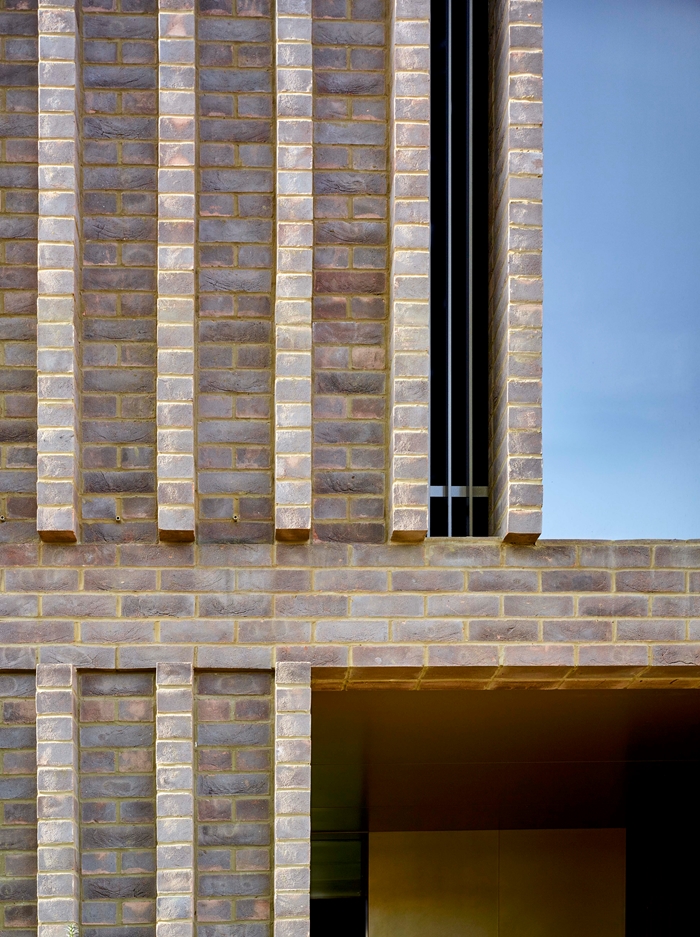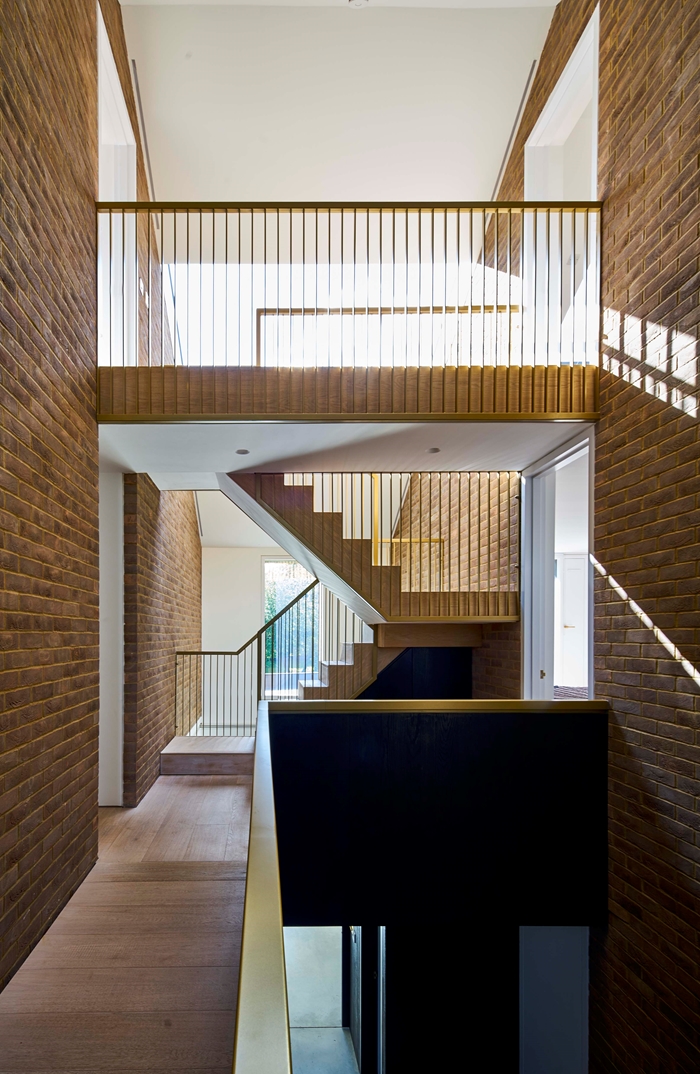My Name is Lucy Barton [By Elizabeth Strout}. Liked this a
lot; wish I had written it. I keep telling myself how much I dislike American
female writers but the reality is that some of my favourite novels are in fact
by American female writers. Olive Kitteridge [By Elizabeth Strout}. American
Wife [By Curtis Sittenfeld}. Alice Munro’s excellent The Beggar Maid, reviewed
her back in 2014.
This has quite mixed reviews on Amazon, only 3.5 stars with
one persuasive reviewer suggesting her heart wasn’t in it, but I can’t agree.
It is written in the first-person with a limited cast by
the protagonist, Lucy from a hospital bed in New York, where she is suffering
from an undiagnosed and possibly psychosomatic illness. Her estranged Mum turns up out of the blue
and stays for a week during which by the medium of hindsight and memory, we
learn about her past and the reasons for the estrangement. It is so well
written: I cannot applaud her writing enough. There is a section early on where
she is obliged to do an info-dump,
so, so difficult in the first person [I have found, anyway] and she executes it
remakably well.
Not a lot else to say; she, Lucy comes from a deprived,
dirt-poor childhood to a relatively wealthy existence in NY. So what. It’s just
so beautifully written.
Strout is completely on top of her game.
Mend the Living [By Maylis de Kerangal]. This is a French
novel, beautifully translated by either Jessica Moore [English edition] or Sam
Taylor [American Edition] - - take your pick. It is about a heart transplant
and follows the events from the early and tragic death of a healthy young man
in an accident, through the grief of his parents to the hospital and the
procedures attending the agreements required to donate his organs. It’s good.
The sections on grief are tremendously well done and the journey taken by the
recipient and her anxious wait for life is equally moving. I wish she had said
a little more about her close relatives and their own anxious wait during the
actual operation but she doesn’t. The transplant is the final section of the
novel and as a writer, I can see why she would want to end it there.
It is full of detail, medical detail, practical detail and
emotional detail, which I liked: it all serves to get a sense of momentum, that
everything matters and how important each small step is. And she does ask the
question; should we be doing this? And when do you die?
It is seriously ambitious and she gets her narrative about
as right as anyone could ask for: the major players are sufficiently rounded
out for us to care and the lesser characters sharply defined. If I were to
criticise anything it would be the rather silly one-sentence paragraphs and
chapters which are, I don’t know, irritating and unnecessary, plus she is far
too fond of alliteration, for example:
[S] - - and lodges
all this self-disgust like a supplication in his stomach
[N] - - the process
of acquiring scientific knowledge, he
re-enacts . . .
There is another particularly striking one full of AW’s
In fact there is an excellent but critical review on Amazon
which says that the tricksy writing style gets in the way and I certainly agree
that it is an obstacle, not an advantage.
Of course, as someone who recently had a transplant, kidney
in my case, it is all the more personal I suppose. It isn’t that I have never
thought about the [anonymous] donor or what tragedy lay behind the fact that
she was able to provide me with a few more years of life, it is simply that
there is nothing to say. I know only that she was a 65-year old woman. I don’t know
if she died in a road accident or after a long illness. I don’t know if she was
local. I don’t want or need to know any of these things. I do know she was
carrying a virus which I subsequently caught at Easter and which almost killed
me. I’m not even curious, to be honest.
I took a look at the NHS Website after reading this to see
what the success rate of heart transplants is and it is 75% after three years.
The Newcastle Freeman Hospital, where I had my transplant done, is
world-renowned and survival rates are much better. Quality of life? That’s the
question. Can you return to work for example after a heart transplant? There
was a youngish guy on our ward . . . mid-thirties, I would guess . . . who seemed to me to be almost a permanent
resident. His contact with his family was via Skype and you could sense that
while he was desperate, literally, to maintain a relationship with his kids
they were more interested in going round to Julies for a sleepover, which right
now they were running late for and . . .
and . . . it was time to go, Dad . . .
It’s a big subject but if it is one that interests you, I
would strongly recommend reading this.







